Are you on the fence about spiritual healing? Here’s your chance to dive deep into the divine healing meaning through an open-minded approach!
In a world brimming with technological marvels and scientific breakthroughs, the concept of divine healing might seem like an enigmatic relic from a bygone era.
Yet, it continues to captivate hearts, spark debates, and inspire hope in the minds of millions.
Beyond the realms of medicine and science, divine healing weaves a tapestry of profound meaning that transcends the tangible, reaching into the realm of the extraordinary.
Are you ready to delve deeper into the divine healing meaning with an open mind? Let’s cover our bases by understanding:
- What is divine healing in the first place
- A brief history
- The components that uphold this practice
- A few popular examples of divine healing practices
What Is Divine Healing?

At its core, divine healing is the idea that a higher power, often associated with the divine or supernatural, intervenes to restore our physical, emotional, and mental health and well-being.
This concept is deeply intertwined with spirituality, faith, and a belief in forces that are beyond our earthly understanding.
It’s a mystical thread that weaves through, yet transcends cultures and religions, reminding us that there might be something beyond the rational world that can bring about remarkable transformations if we are open to it.
Read 10 Signs You Have Hidden Healing Powers
Divine Healing through Spiritual Leaders: A Glimpse into Miraculous Transformations
Throughout history, spiritual leaders from various traditions have been revered for their ability to channel divine healing energy and bring about remarkable transformations in individuals’ lives.
These spiritual leaders are often believed to have a special connection to higher realms, allowing them to tap into a source of healing power beyond the physical world.
Accounts of divine healing through spiritual leaders are found in religious texts, oral traditions, and modern-day anecdotes, highlighting their significance across cultures and eras.
As we have understood what is divine healing, now here’re a few key examples:
- Jesus Christ: In the Christian tradition, Jesus is renowned for his divine healing abilities. Accounts in the New Testament describe him curing the blind, raising the dead, and healing various illnesses through touch or spoken word. These acts of healing are seen as demonstrations of his divinity and compassion.
- Buddha: Within Buddhism, stories abound of Buddha’s ability to heal physical and spiritual ailments. He often used his profound wisdom and compassionate presence to guide individuals toward healing and liberation from suffering.
- Sufi Saints: In Sufism, the mystical branch of Islam, Sufi saints are believed to have the power to heal through their deep connection with God. Their practices may involve intense devotion, meditation, and rituals, which are said to radiate healing energy to those who seek their aid.
- Hindu Gurus: Hinduism boasts a lineage of gurus and saints who are revered for their spiritual insights and healing capacities. Some gurus are believed to possess the power to alleviate suffering and facilitate physical, emotional, and spiritual healing.
- Modern Spiritual Healers: In contemporary times, Christian faith healers and spiritual leaders such as Deepak Chopra, Louise Hay, and Eckhart Tolle have gained prominence for their teachings on holistic well-being and their ability to guide individuals toward self-healing through spiritual awakening and awareness.
Read Navigating a Crisis In Faith: From Doubt To Discovery
Divine Healing Meaning: Exploring The Various Elements Of The Concept
1. The Power of Faith
Faith, the cornerstone of divine healing, is an intangible force that propels individuals to believe in the impossible.
It’s the unwavering conviction that healing can come from a source beyond the visible, beyond the knowledge of doctors and scientists. This unyielding belief has been shown to have tangible effects on the body and mind.
Scientific studies have explored the phenomenon of the placebo effect, where patients’ beliefs in a treatment’s effectiveness can lead to actual improvements in their conditions.
Divine healing, in a way, harnesses this innate power of belief to channel positive changes.
2. A Dance Between Science and Spirituality
Divine healing doesn’t exist in a vacuum; it’s intricately linked with our understanding of science and spirituality.
In an age where science strives to explain every facet of existence, the realm of the unexplainable becomes all the more alluring.
Divine healing occupies a space where science meets the supernatural, reminding us that there are facets of life that remain beyond the grasp of our most advanced technologies.
3. Stories that Echo Through Time
From ancient scriptures to modern anecdotes, stories of divine healing echo across time, cultures, and civilizations. These tales narrate instances where ailments seemingly inexplicable by conventional means were miraculously cured.
They serve as beacons of hope, reminding us that in the darkest of times, there might be a glimmer of light waiting to lead us out of the shadows.
4. The Ethical Conundrum
As with any concept that bridges the spiritual and the material, divine healing raises ethical questions.
Is it a manifestation of genuine spiritual intervention or a psychological response to fervent faith?
Critics argue that relying solely on divine healing can sometimes lead individuals to neglect medical treatments that could save lives.
Striking a balance between the two realms, and recognizing the potential synergy, is a challenge that demands careful consideration.
5. Hope, Resilience, and Beyond
Divine healing, at its heart, is a testament to human hope and resilience. It showcases the depths of our capacity to believe in something beyond the ordinary, something that transcends our current circumstances.
It’s a flicker of light in the tunnel of despair, reminding us that there might be a force greater than ourselves that listens to our pleas and answers them in ways we might not comprehend.
Practices That Preach The Divine Healing Meaning
Here’re a few instances of popular divine healing practices:
i. Chakra Healing:
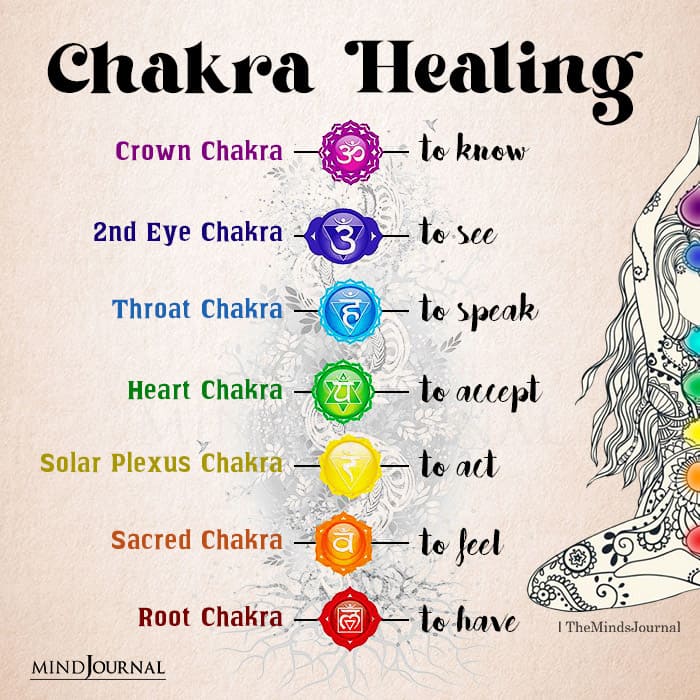
- Based on the belief in seven energy centers, or chakras, located along the body’s midline.
- Each chakra is associated with specific qualities and aspects of life, such as love, communication, and intuition.
- Practitioners use meditation, energy work, sounds, and crystals to balance and align the chakras, and clear blockages, promoting physical and emotional well-being.
ii. Karma Cleansing:
- Rooted in the idea of karma, the law of cause and effect, that governs actions and their consequences.
- Karma cleansing seeks to release negative karmic patterns from past actions that may be affecting one’s current life.
- Techniques may involve meditation, forgiveness practices, chanting, and acts of kindness to create positive energy and break free from negative cycles.
iii. Reiki Healing:
- An energy-based practice originating in Japan, Reiki involves the channeling of universal life energy through the practitioner’s hand movements.
- The energy is directed to the recipient’s body to promote relaxation, balance, and healing on physical, emotional, and spiritual levels.
- Reiki sessions aim to clear energy blockages and stimulate the body’s natural healing processes.
iv. Crystal Healing:
- Utilizes the energetic properties of crystals and gemstones to restore balance and well-being.
- Different crystals are believed to possess unique vibrations that can address specific physical, emotional, or spiritual issues.
- Practitioners may place crystals on the body, create crystal grids, or wear them as jewelry to harness their healing energies.
v. Sound Healing:
- Involves the use of sound vibrations to promote healing and relaxation.
- Techniques may include singing bowls, tuning forks, chanting, or music designed to resonate with specific frequencies.
- Sound healing is believed to impact the body’s energy field and bring about a sense of harmony and alignment.
vi. Herbal and Plant Medicine:
- Draws upon the healing properties of plants and herbs to address physical and emotional imbalances.
- Herbal remedies, teas, tinctures, and essential oils are used to support the body’s natural healing processes.
- Different plants are chosen for their specific therapeutic qualities, such as calming, boosting immunity, or aiding digestion.
vii. Pranic Healing:
- Based on the principle that life force energy (prana) flows through the body and influences health.
- Pranic healers use specific techniques to remove stagnant or diseased energy and replace it with fresh, revitalizing prana.
- This practice aims to restore balance and vitality to the body’s energy system.
viii. Shamanic Healing:
- Rooted in indigenous traditions, shamanic healing involves connecting with the spirit world for guidance and healing.
- Practitioners may use rituals, journeying into the spiritual world, drumming, and other techniques to access altered states of consciousness.
- Shamanic healing seeks to address spiritual imbalances and restore a sense of wholeness.
ix. Aromatherapy:
- Utilizes the aromatic essences of essential oils to promote physical and emotional healing.
- Oils are often inhaled, applied topically, or used in massage to stimulate relaxation, balance mood, and alleviate symptoms.
- Different oils have distinct therapeutic properties, such as lavender for relaxation or eucalyptus for respiratory support.
Read 10 Spiritual Causes Of Headaches: Unraveling The Mystical Roots Of Your Pain
More Than Meets The Eye

Divine healing meaning extends far beyond its literal interpretation. It’s a multidimensional concept that intersects with faith, science, ethics, and the human spirit.
Whether one embraces it as a tangible phenomenon or interprets it as a metaphor for inner transformation, divine healing invites us to explore the realms beyond the known, to have faith in the unseen, and to embrace the mysterious in our journey toward health and well-being.
Divine healing meaning is a tapestry woven with threads of hope, mystery, and the unfathomable, inviting us to contemplate the limitless potential of existence.
It means going beyond the conventional modalities of treatment and transforming our physical, mental, and emotional wounds from the very root.
We hope this article has cleared your queries and doubts regarding what is divine healing. Please let us know your thoughts on the divine healing meaning by commenting down below!
Frequently Asked Questions
What are the examples of divine healing?
Divine healing can be practiced by a healer through touching the person who is suffering, encouraging them to chant or pray, forgiving their sin, or through spiritual modalities like reiki or chakra healing.
What does the Bible say about divine healing?
The Bible strongly emphasizes having a deep faith in God to channel His divine healing into our lives.
How do I activate divine healing?
According to spiritual beliefs, if you want to heal yourself through divine intervention, you must have faith in a higher power, pray regularly, practice positivity, balance your Chakra or energy, and be aware of your thoughts and actions.


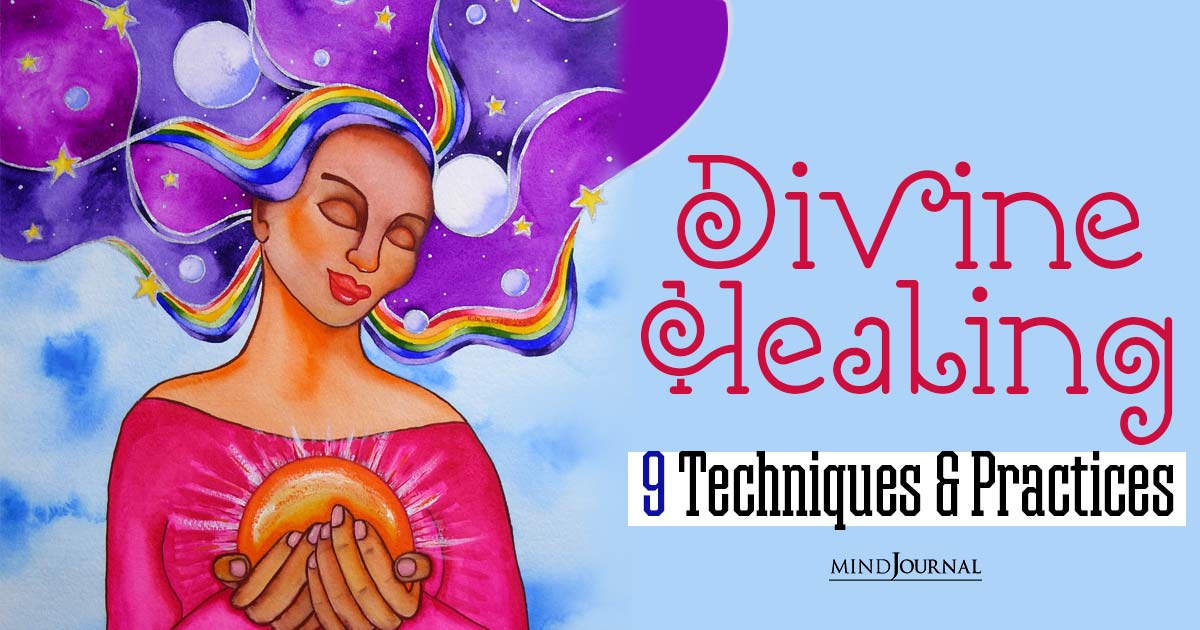
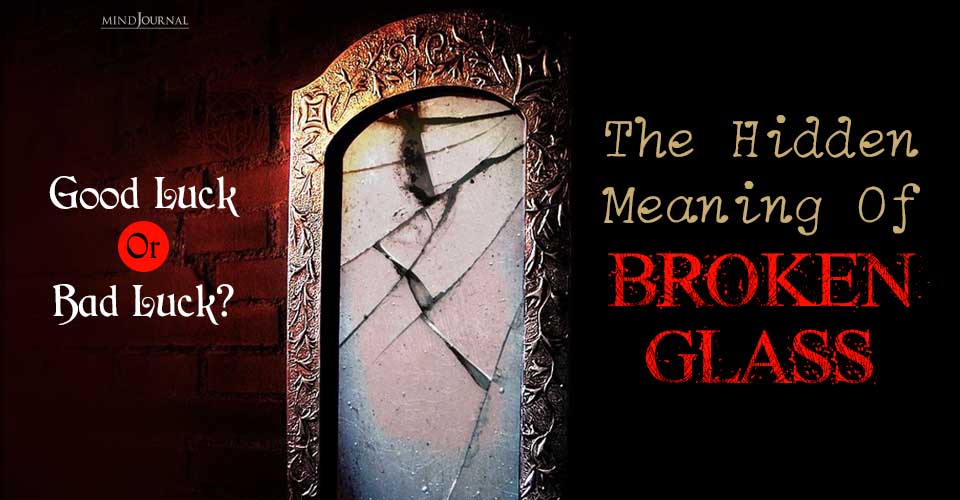
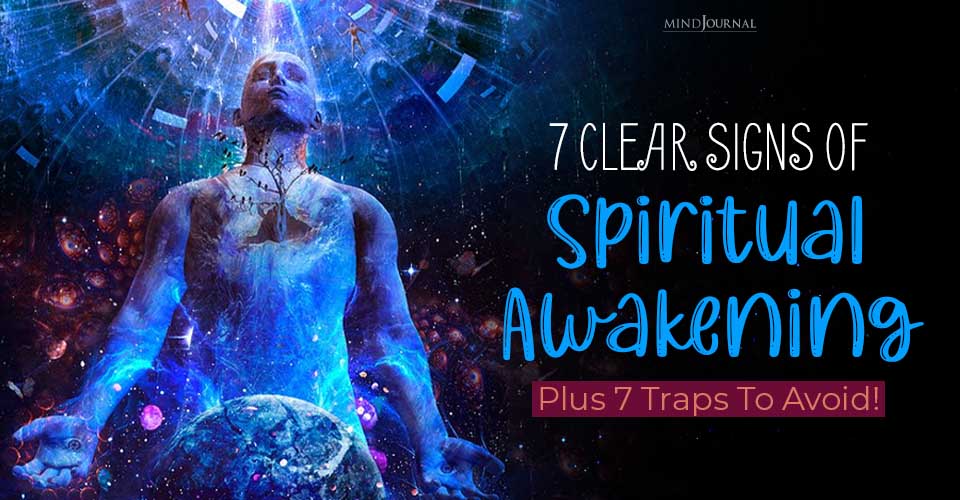
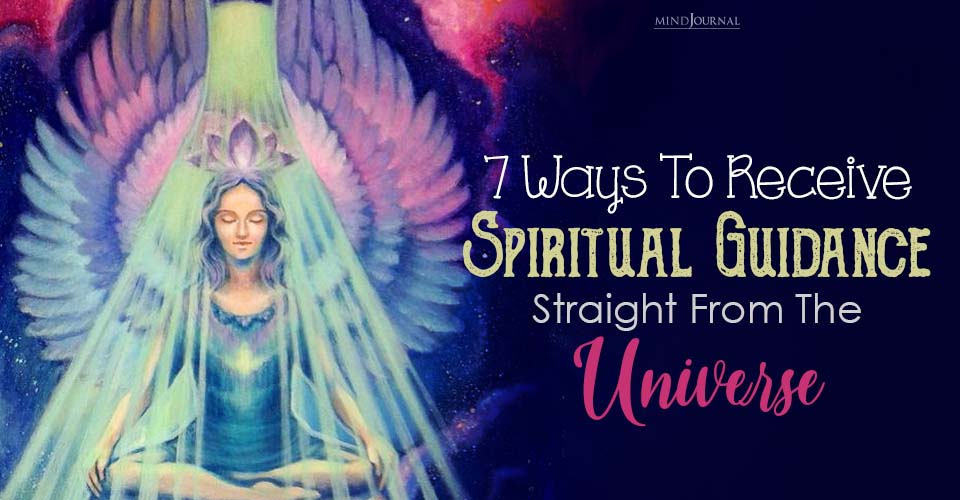
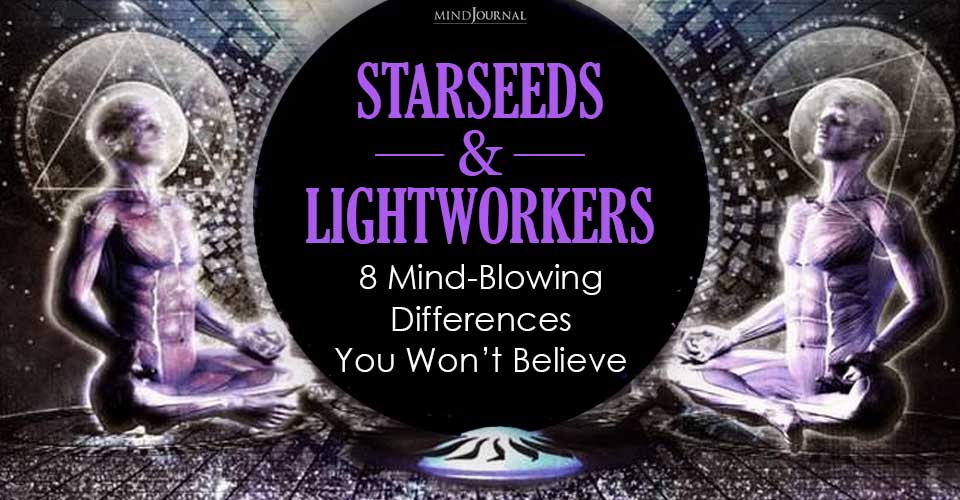
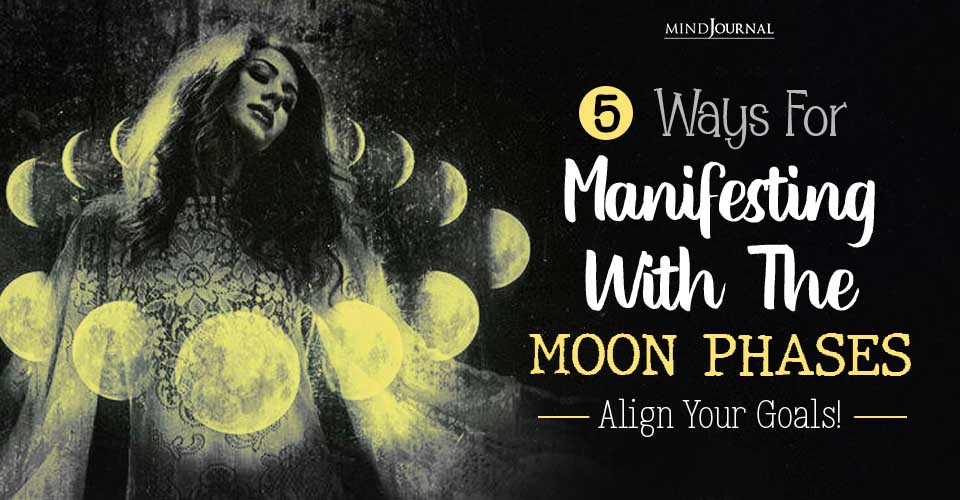

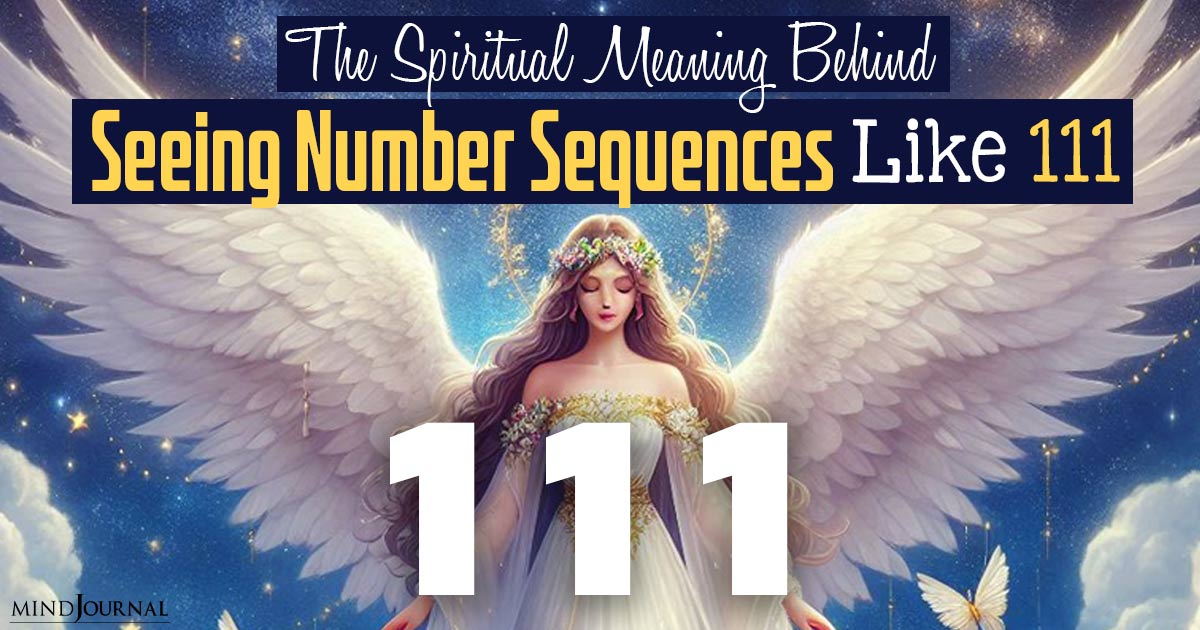
Leave a Reply